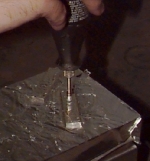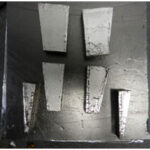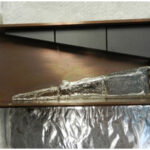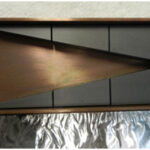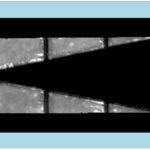Applications For Aluminum Soldering
Aluminum soldering is used in making small area electrical and/or thermal connections or seals to other metal or ceramics, while aluminum bonding is used to join large areas either for thermal and/or structural purposes. Aluminum soldering finds applications in sensors, electronics, and electrical power where aluminum contact and/or wire leads are being utilized. Aluminum soldering has also been used as a means to seal and/or repair aluminum heat exchangers.
We have been contacted many times for assistance in solving the problem of small contact to aluminum without the use of aggressive chemical flux or cases where the chemical flux for aluminum was not compatible with the metals of the opposing side of the joint. Additionally, in many electronic packages the use of corrosive aluminum soldering fluxed are limiting When faced with these choices, active fluxless solders such as S-Bond become a good solution. (more…)

